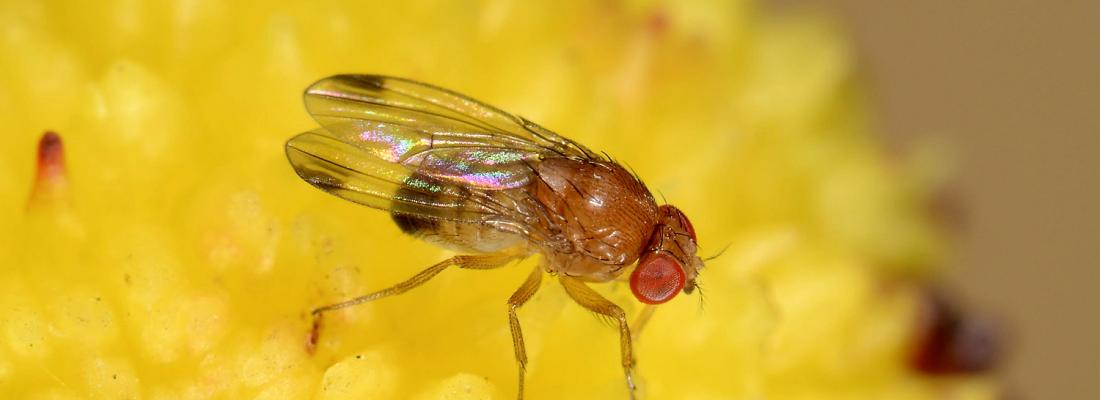Agroecology Reading time 3 min
OPTIMISTII: an innovative strategy to control the invasive pest fly, Drosophila suzukii
With the pest fly Drosophila suzukii continuing to threaten cherry orchards, and the European Commission considering potential bans of certain chemical pesticides, the OPTIMISTII project offers producers an innovative biocontrol alternative. By combining two techniques for the sterilisation of males, this INRAE-led project aims to effectively and sustainably limit the reproduction of this pest.
Published on 11 September 2025

Controlling Drosophila suzukii, an invasive insect from Asia that damages cherry and small fruit crops (strawberries, raspberries, blueberries, plums, etc.) has become a major challenge for producers. This pest causes significant losses because no natural predator in Europe is capable of effectively regulating its populations. In response to the gradual withdrawal of chemical pesticides, the OPTIMISTII1 project, led by INRAE and funded by the PARSADA2, proposes an innovative and environmentally friendly method.
Researchers working on the OPTIMISTII project propose combining two complementary techniques to limit the reproduction of this destructive fruit fly. The first, known as the sterile insect technique (SIT), involves releasing males sterilised by irradiation. The second, known as the incompatible insect technique (IIT), harnesses Wolbachia, a bacterium naturally present in fruit flies, to sterilise males. Combining these two approaches may allow for a lower radiation dose to sterilise males, thereby preserving the vigour of released males and enabling them to compete more successfully with wild males.
The OPTIMISTII project aims to overcome several scientific and technical obstacles. A primary goal is the mass production of males that are both sterile and competitive, while keeping costs low. It is therefore particularly important to develop an automated sexing method to separate males from females, so that only sterile males are released. The project also aims to implement the genetic marking of males to facilitate field monitoring, and to use modelling to simulate the impact of this strategy in cherry orchards.
Through close collaboration with CTIFL3, OPTIMISTII aims to establish the scientific and technical foundations for the future large-scale deployment of this innovative strategy to control D. suzukii. This project could therefore provide a sustainable solution for protecting small fruit crops while reducing the use of chemicals and preserving the balance of agricultural ecosystems.
1 OPTIMISation of the control of Drosophila suzukii via the synergy between the Sterile Insect Technique and the Incompatible Insect Technique
2 Strategic action plan to anticipate the potential European withdrawal of active substances and the development of alternative crop protection techniques.
3 Centre Technique Interprofessionnel des Fruits et Légumes (Interprofessional Technical Centre for Fruits and Vegetables).
